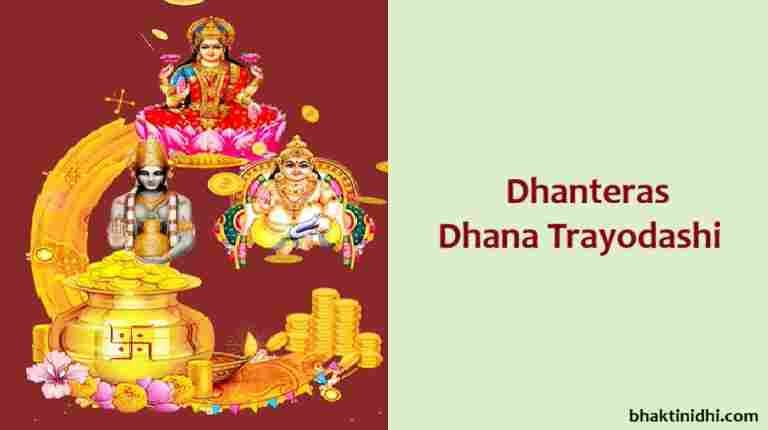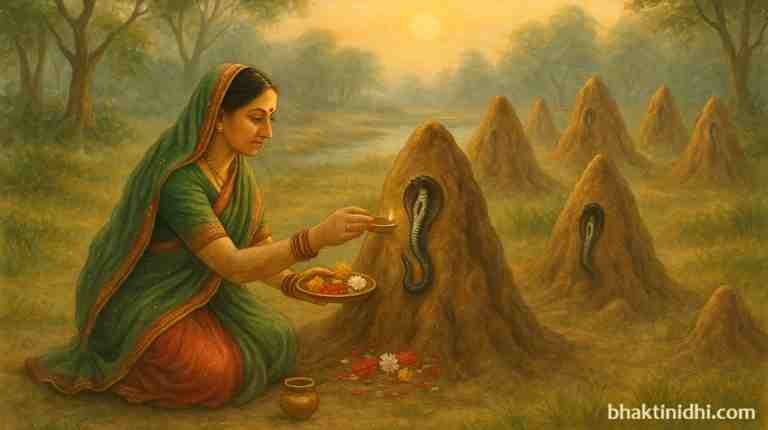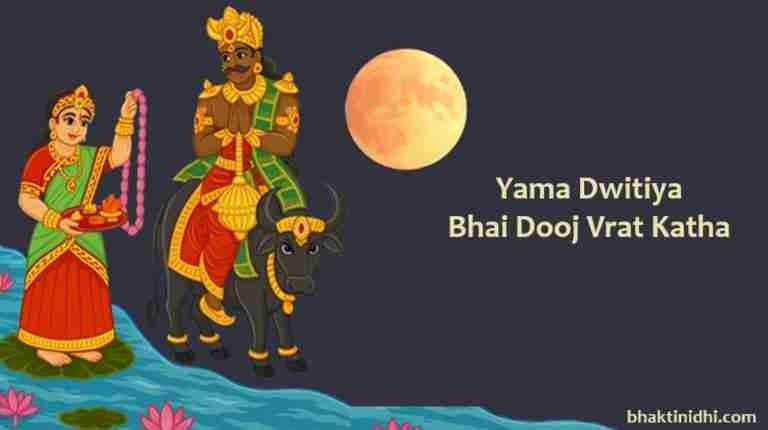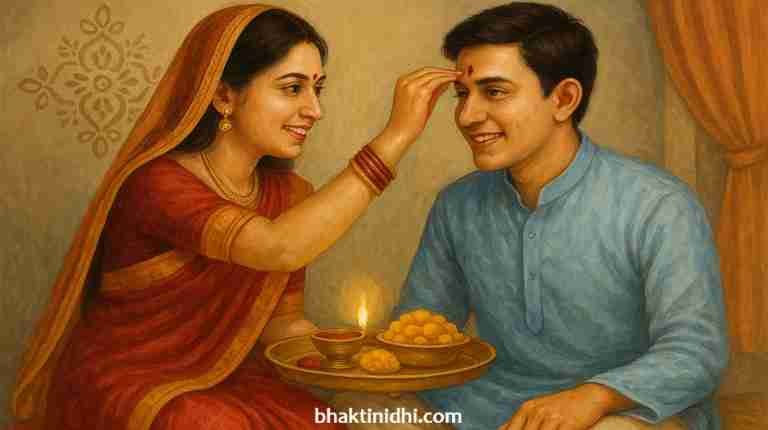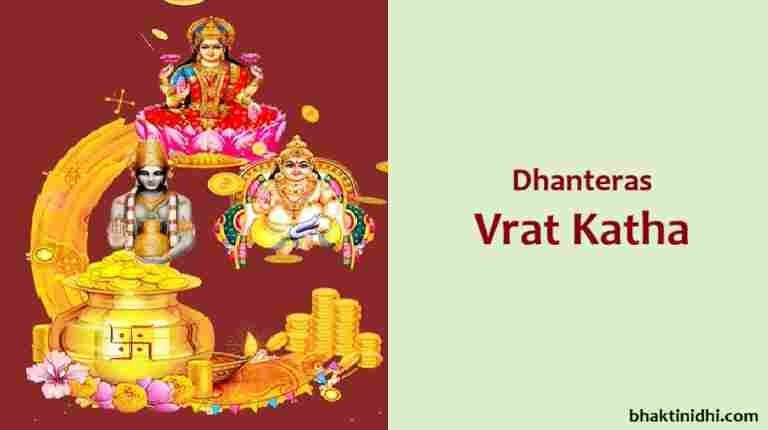Dhanteras, also known as Dhana Trayodashi, is the first and one of the most auspicious days of the five-day Diwali festival. The day holds special significance for invoking wealth, health, and prosperity. On this day, devotees worship Goddess Lakshmi, the goddess of wealth, and Lord Dhanvantari, the divine healer and originator of Ayurveda. Lets have a detailed look at Dhanteras — its origins, name & calendar, legends, rituals, etc.
Dhanteras or Dhana Trayodashi 2025
Name & Calendar
The word “Dhanteras” (or Dhanatrayodashi) comes from “Dhan” meaning wealth and “Trayodashi” meaning the 13th lunar day (tithi). It occurs on the Trayodashi of Krishna Paksha in the Hindu month of Kartik (or Aswayuja in South India). In many regions, Dhanteras marks the first day of the Diwali festival and inaugurates the series of celebrations that follow.
In 2025, Dhanteras is celebrated on 18th October.
Dhanteras Legends & Stories
Samudra Manthan & Emergence of Dhanvantari / Lakshmi
According to mythology, on this day during the Samudra Manthan (churning of the ocean), Lord Dhanvantari, the divine physician, emerged from the ocean holding a pot of Amrit (nectar of immortality). He is considered the God of Ayurveda, and Dhanteras is celebrated in his honor for good health and healing.
Goddess Lakshmi, the deity of wealth and prosperity, also is believed to have emerged around this time, symbolizing the arrival of abundance into existence.
Because Dhanteras is associated with both health (via Dhanvantari) and wealth (via Lakshmi), devotees pray on this day for both physical well-being and material prosperity.
The Legend of King Hima’s Son & Yamadipadana
Another very famous legend is of King Hima’s son, whose horoscope foretold that he would die by snakebite on the fourth day of his marriage. In order to protect him, his new bride took clever measures: she laid out heaps of gold, silver, jewelry at the entrance of the bedroom and lit many lamps (diyas) to create a dazzling glare. She stayed awake, told stories, sang, etc.
It is said that Lord Yama (the god of death) came disguised as a serpent to carry away the prince. But he was blinded by the brilliance of the lamps and the glittering wealth, and so he sat on the heap and listened to stories through the night. When the danger moment passed, Lord Yama silently departed without harming the prince.
Because of this, there is a custom of lighting lamps (Yamadipas / Yama Deepam) on Dhanteras to ward off untimely death — known as Yamadipadana.
Traditional Customs & Rituals
Dhanvantari Puja / Lakshmi Puja / Kubera Puja
- People worship Lord Dhanvantari for health, and also perform brief Lakshmi Puja and Kubera Puja for wealth and prosperity. Here is a step by step Dhanteras Puja Vidhi
- Many Business owners may start new account books (Chopda Pujan) on this day.
Drawing Footprints
In some regions, using rice flour or vermilion, small footprints are drawn from the door inward to symbolize Goddess Lakshmi’s arrival.
Yama Deepam Puja or Yamadeepdaan
A diya is lit at the entrance of the house or near the Tulsi plant, dedicated to Lord Yama, the God of Death, to ward off untimely death and negativity.
Buying Gold, Silver, Utensils
It is considered very auspicious to buy metal items on Dhanteras — especially gold, silver, brass, or steel utensils. This is believed to bring wealth and good luck into the household.
Staying up all night
Many stay awake through the night, hearing stories, sing bhajans or devotional songs, meditate, or read scriptures. This practice mirrors the legend of the prince’s wife.
